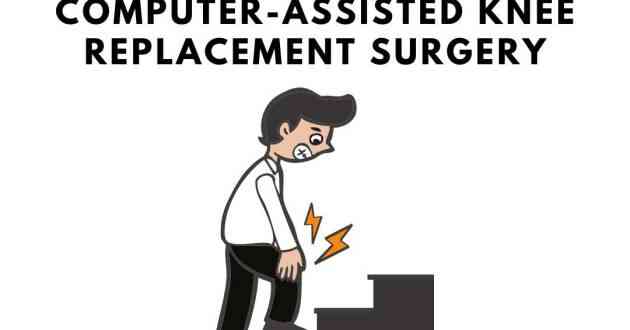Benefits Of Robotic And Computer-assisted Surgery In Orthopedics
- - Category: Alternative Medicine
- - 20 Jun, 2023
- - Views: 52
- Save
Robotic and Computer Knee & Hip Replacement Surgeon
In the field of orthopedic surgery, technological advancements have revolutionized the way joint replacement procedures are performed. Robotic and computer-assisted knee and hip surgery techniques have emerged as game-changers, offering numerous benefits to patients undergoing knee and hip replacements. In this article, we will delve into the transformative advantages of robotic and computer-assisted surgery in orthopedics, highlighting the expertise of Dr. Anoop Jhurani, a distinguished surgeon specializing in these advanced techniques.
- Accuracy: Robotic and computer-assisted surgery provide unprecedented levels of precision, allowing surgeons like Dr. Jhurani to achieve optimal implant positioning and alignment. This precision translates into improved joint function and longevity, reducing the likelihood of complications or the need for revision surgeries.
- Reduced Joint Pain: Precise implant placement through robotic and computer-guided techniques minimizes unnecessary stress on the surrounding tissues, leading to reduced joint pain and discomfort post-surgery. Patients can experience enhanced comfort and a quicker return to their daily activities.
- Less Scarring: Robotic and computer-assisted surgeries utilize minimally invasive techniques, resulting in smaller incisions and reduced scarring. The cosmetic benefits of smaller scars are accompanied by the added advantage of reduced tissue trauma, leading to faster healing and improved cosmetic outcomes.
- Improved Alignment and Balance: The advanced technology employed in robotic and computer-assisted surgeries enables surgeons to achieve precise alignment and balance of the joint components. This alignment optimization contributes to improved joint stability, range of motion, and overall functionality.
- Extended Implant Longevity: The accurate placement of implants achieved through robotic and computer-assisted surgery enhances the longevity of the joint replacement. Proper alignment and balance help distribute forces evenly, reducing wear and tear on the implant and potentially extending its lifespan.
- Faster Recovery Time: By minimizing tissue trauma and optimizing implant positioning, robotic and computer-assisted surgery facilitates a faster recovery process. Patients may experience reduced post-operative pain, shorter hospital stays, and an accelerated return to their daily activities.
- Lower Early Failure Rate: The precise and accurate placement of implants achieved through robotic and computer-assisted techniques significantly reduces the early failure rate of joint replacements. This translates into improved long-term outcomes and patient satisfaction.
- Reduced Blood Loss: The precision of robotic and computer-assisted surgery techniques contributes to reduced blood loss during the procedure. This can lead to decreased transfusion requirements and a lower risk of associated complications.
- Shorter Hospitalization: With the benefits of improved surgical accuracy, reduced pain, and faster recovery, patients undergoing robotic and computer-assisted surgeries often experience shorter hospital stays. This not only enhances patient comfort but also reduces healthcare costs.
Conclusion:
Robotic and computer-assisted surgery techniques have revolutionized the field of orthopedics, offering a multitude of benefits to patients undergoing knee and hip replacements. Dr. Anoop Jhurani, a skilled surgeon specializing in these advanced techniques, is committed to harnessing the advantages of robotic and computer-assisted surgery to optimize patient outcomes. Embrace the transformative power of technology in orthopedics and explore the benefits of robotic and computer-assisted surgery for a brighter future with improved joint function, reduced pain, and enhanced quality of life.


